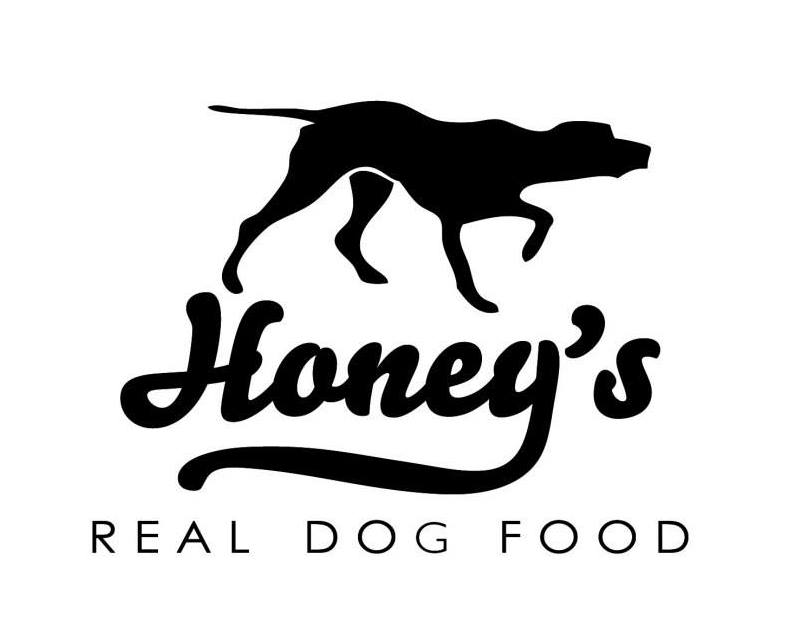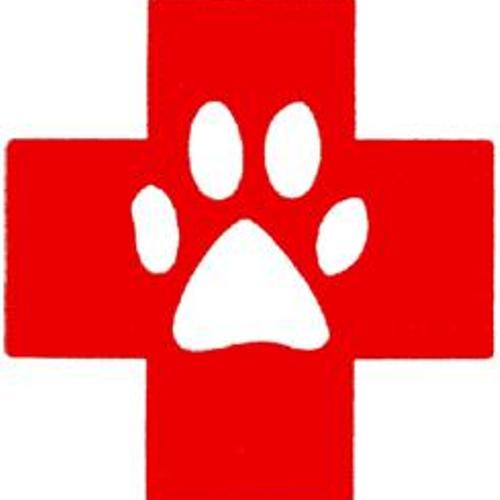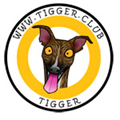Dysplasia
By: Dr Lise Hansen
A quick overview
Dysplasia is a Greek word meaning malformed. In this context, it is used to describe the integrity of joints. A joint is a complicated structure where two or more bones meet. It is a very sensitive area in the development of the growing body. A puppy with dysplasia is born with normal joints but with a tendency to abnormal joint development.
Environmental factors (exercise, diet, weight, neutering) may influence whether or not dysplasia develops in such a genetically predisposed animal.
In principle, any joint can develop poorly, but most problems are seen in hips, elbows and shoulders. The bigger the animal, the more growing there is to do and the bigger the risk of joint problems. The following discussion will focus on hip dysplasia, but the same principles apply to dysplasia of any joint.
Hip dysplasia
Hip dysplasia is most commonly seen in large dog breeds such as Golden and Labrador Retrievers, German Shepherds, Bernese Mountain Dogs and Saint Bernards.
Hip dysplasia means that the hip joint, where the head of the femur (thigh bone) sits in the socket of the hip, is misshapen. This affects the mobility of the joint, and the movement of the malformed joint causes continual stress and damage within the joint, which in turn causes pain and lameness.
Hip dysplasia often presents in two distinct age groups. There is the growing puppy, typically five to ten months old, who experiences pain during the growth phase, and there is the adult, often middle-aged or elderly dog, who has developed osteoarthritis as a consequence of a life of walking on an unstable joint. Osteoarthritis, therefore, is a consequence of dysplasia.
Preventing hip dysplasia
Hip dysplasia is a hereditary developmental disease in which the hip joint fails to develop properly.
This means that, for a dog to develop hip dysplasia, there must be a genetic predisposition. This is why breeders focus so much on ‘hip scores’. For many generations now, kennel clubs around the world have ensured that only dogs with healthy hips are selected for breeding. Hip dysplasia in dogs remains a very common problem, even after many generations of selective breeding. This is a true multifactorial disease, meaning that, in each case, several unfortunate factors come together to result in dysplasia. Some of these factors are known (genetic predisposition, over-exercise, over-feeding), some are just being discovered (neutering) and some are probably still not suspected at all.
Puppies are not born with hip dysplasia, but puppies that are genetically predisposed may develop hip dysplasia to varying degrees. Whether this happens, and to what degree the hips become malformed, is also influenced by other factors than genetics: the so-called ‘environmental factors’. Research in this area is ongoing and opinions differ, but the best advice to date is:
Avoid overfeeding puppies of large breeds as too-rapid growth may have a negative effect on joint development in a predisposed puppy.
Avoid excessive strain on the developing joints by stopping the puppy from walking up and down stairs, jumping, standing on two legs or being encouraged to run more than they would normally do on their own initiative.
•Avoid too sedentary a lifestyle as this also creates an increased risk.
Puppies (especially larger breeds) should not start activities such as agility or running with their owners until they are fully grown. It is tempting to want to ‘tire out’ an active eight-month-old dog through jogging, ball throwing or other vigorous activity, but this is not in the dog’s long-term interest as it puts undue and harmful strain on their skeletal development. Instead, exercise his or her mind and nose. Training tricks, following a scent trail and finding hidden objects, people or treats will all keep your young dog stimulated and help burn off some of that restless teenage energy. Never try to run them tired.
Recent studies have shown that a puppyhood lifestyle that is too sedentary and restricted in physical activity also increases the risk of hip dysplasia. As in all things, we need to strike the right balance. We want to limit inappropriate and harmful strain on the developing joints, but we also want to encourage healthy muscle development.
These steps seem to have the biggest impact during the first three months of life. Researchers suggest that puppies who were born on a farm or had access to a big garden where they could explore with their litter mates are less likely to develop hip dysplasia than puppies who were kept in more confined conditions and therefore were less active for the first three months of life.
In short, the best way to support healthy hip development in your large-breed puppy is to let them control their own level of activity. Don’t take them on long walks, don’t throw balls or sticks, and don’t encourage ‘clumsy’ movements like jumping up on things or climbing stairs. Instead, let them play freely with other puppies on a daily basis. Go to the park or invite other dog playmates into your garden. Puppies will play actively, giving it all they’ve got, but they are also good at taking the breaks they need when they are left free to do so.
Finally, don’t neuter your dog unless there is a particular reason to do so. It has recently been established that neutering significantly increases the risk of developing arthritis, especially if this is done when the dog is under a year old. If you decide to neuter, wait until your dog has reached maturity.
When choosing a puppy
If you are planning to get a puppy belonging to a large or giant breed known to have a high incidence of hip dysplasia, you can certainly lower the risk of ending up with a dog with hip dysplasia if you choose a puppy who:
Has spent the first few months of his or her life playing with litter mates in spacious surroundings with outdoor access.
Has parents who have good ‘hip scores’.
Has not been neutered.
Treatment
The symptoms of dysplasia vary from a short period of discomfort (in a growing dog) to chronic painful and crippling joint disease.
In the case of puppies and young dogs the pain may, with luck, be short-lived, only lasting while the skeleton matures. After this, many mild or moderate cases will show no signs of discomfort for several years, after which osteoarthritis may begin to cause problems. The vast majority of dogs that are diagnosed with hip dysplasia can be helped to lead full lives free of pain. They should not, of course, be used for breeding.
In serious cases of early diagnosed dysplasia, surgery may be needed to establish a working joint. For the vast majority, surgery will not be indicated, and treatment will focus on alleviating pain and, most of all, on reducing the development of osteoarthritis in the unstable joint.
You can help a dog suffering from dysplasia by:
Making sure he or she at a healthy weight. Obesity adds to their pain and discomfort.
Not over exercising them.
Avoiding unusual movements such as those that are a result of leaping for a thrown ball or stick.
Giving them supplements – especially fish oils, glucosamines and green-lipped mussels.
•Trying osteopathy and physiotherapy, which can help your dog achieve a natural gait. •Trying acupuncture and massage, which can help decrease pain, thus decreasing or removing the need for pain medication
This health article was written by Honey's Real Dog Food
Honey’s Real Dog Food are one of the longest-established raw dog food producers in the world.
Contact:
Tel: 01672 620 260
Email:
Website: www.honeysrealdogfood.com




